Blog
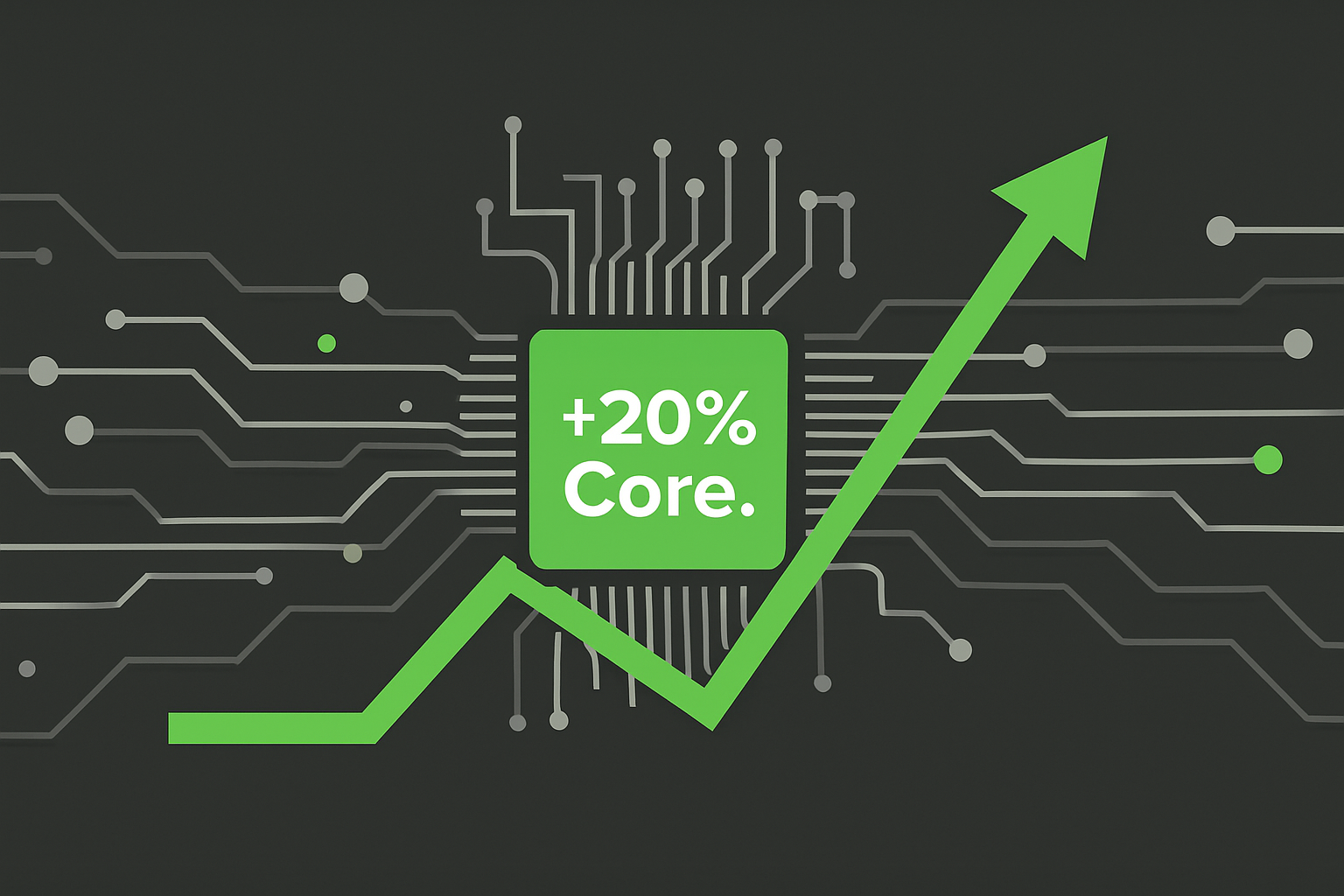
Business, E-commerce, Marketing
Unlock Superpowers: How Composable Commerce 2.0 Adds a Whopping +20% to Your Conversions!
READ


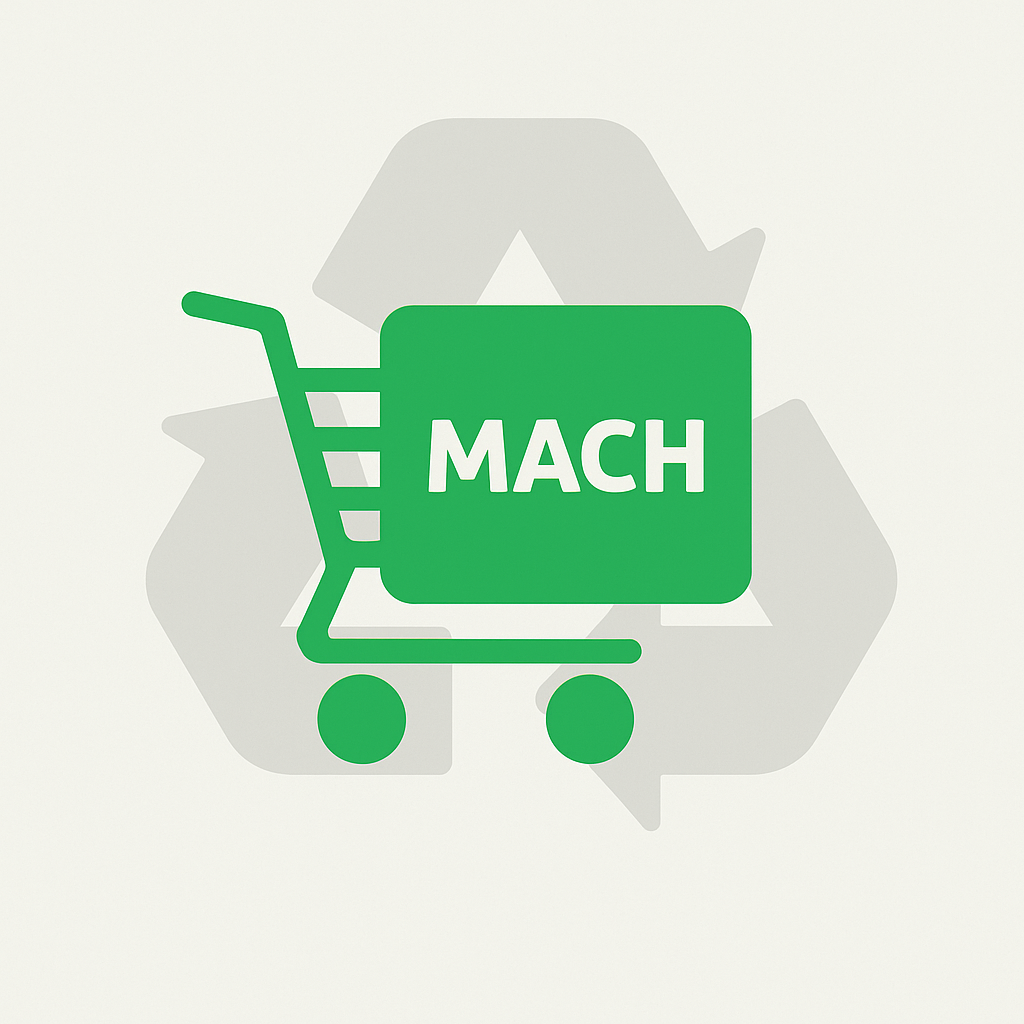
E-commerce
August 2025 eCommerce Forecast: 5 Must-Know Trends for Shopify Merchants
READ



E-commerce
Shopify Summer ’25: 10 Game-Changing Updates Unleashing Sales Today
READ


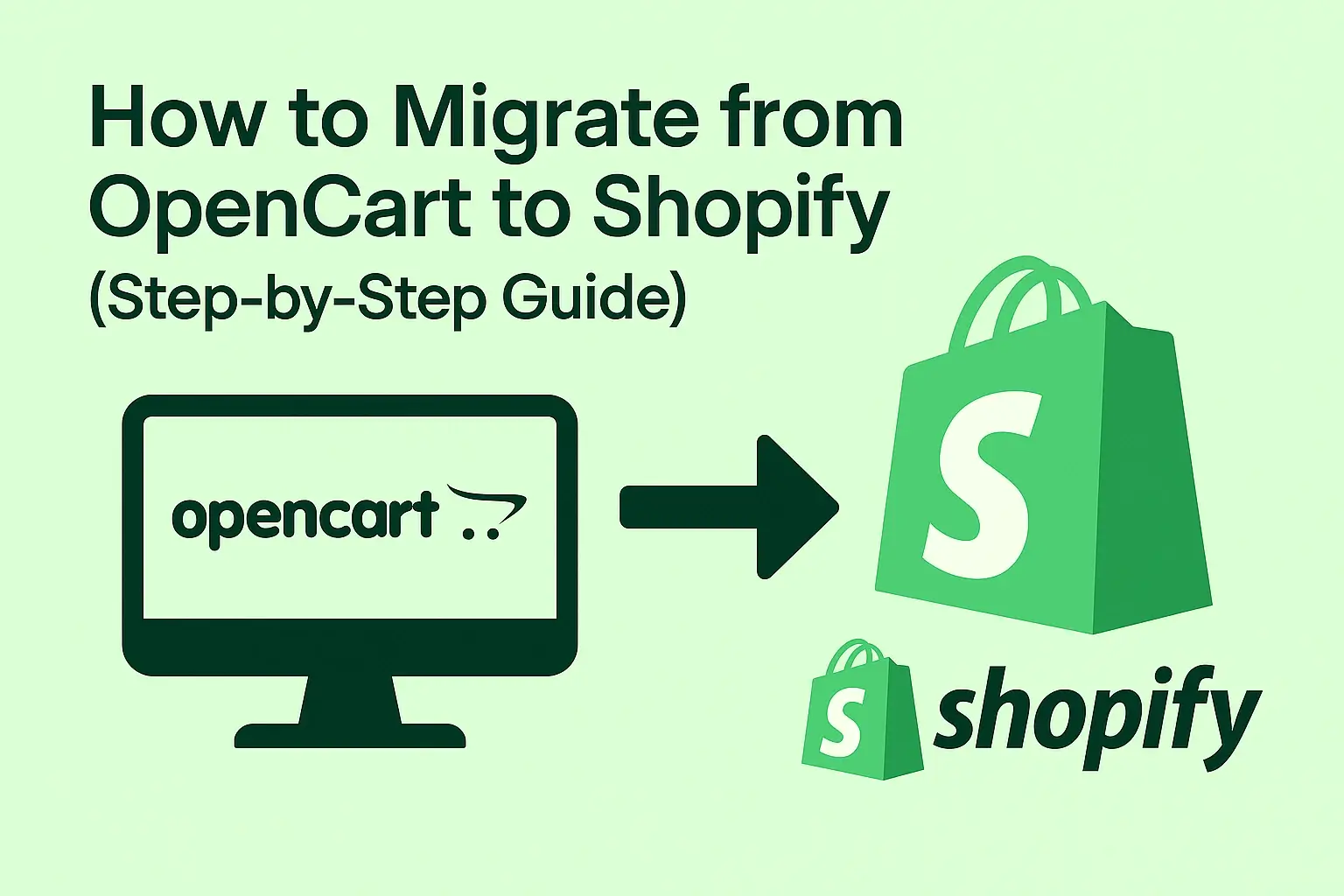
E-commerce, Shopify
OpenCart to Shopify Migration: How to Make the Switch Without Losing Data or Sales
READ


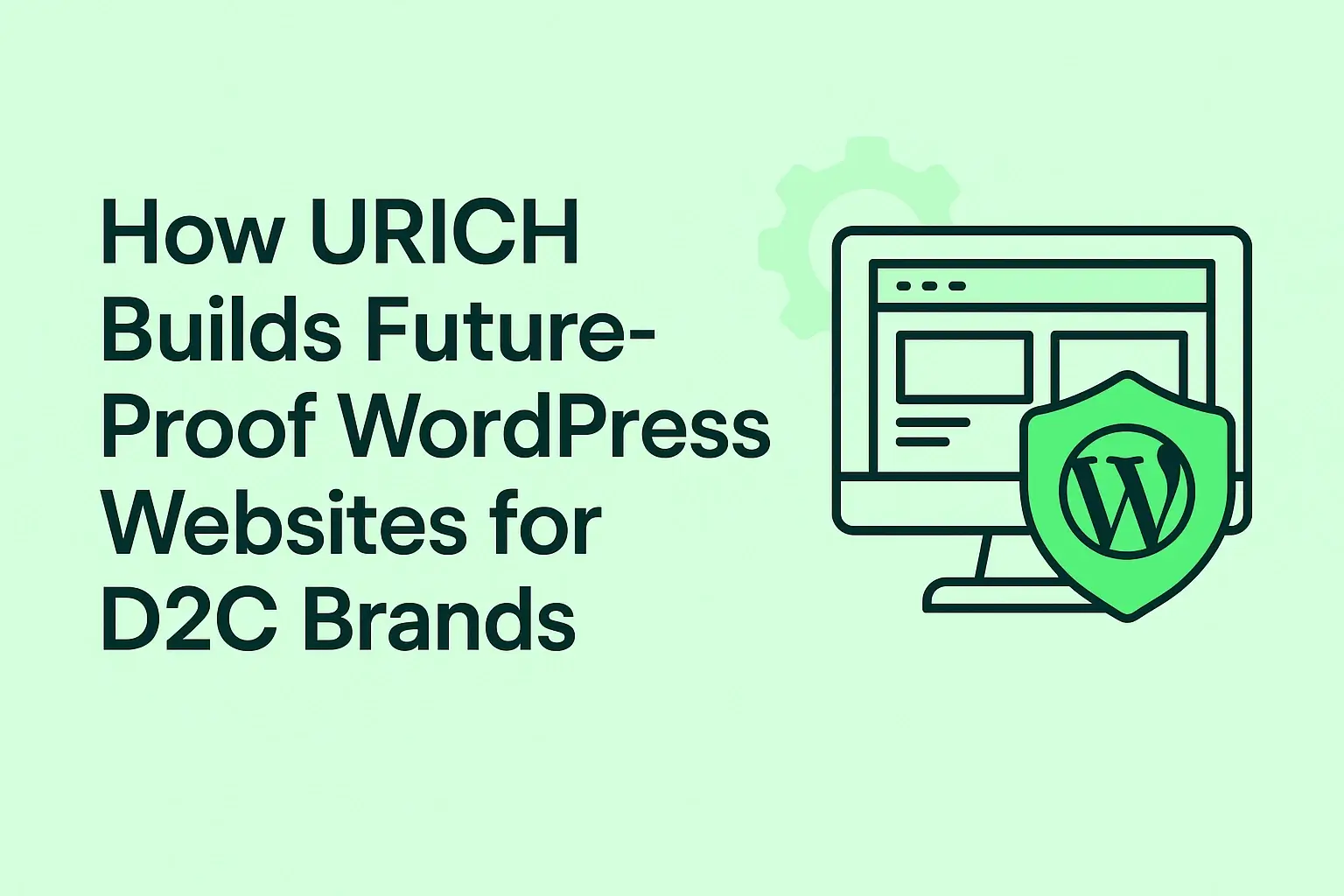
Business
How URICH Builds Future-Proof WordPress Websites for D2C Brands
READ


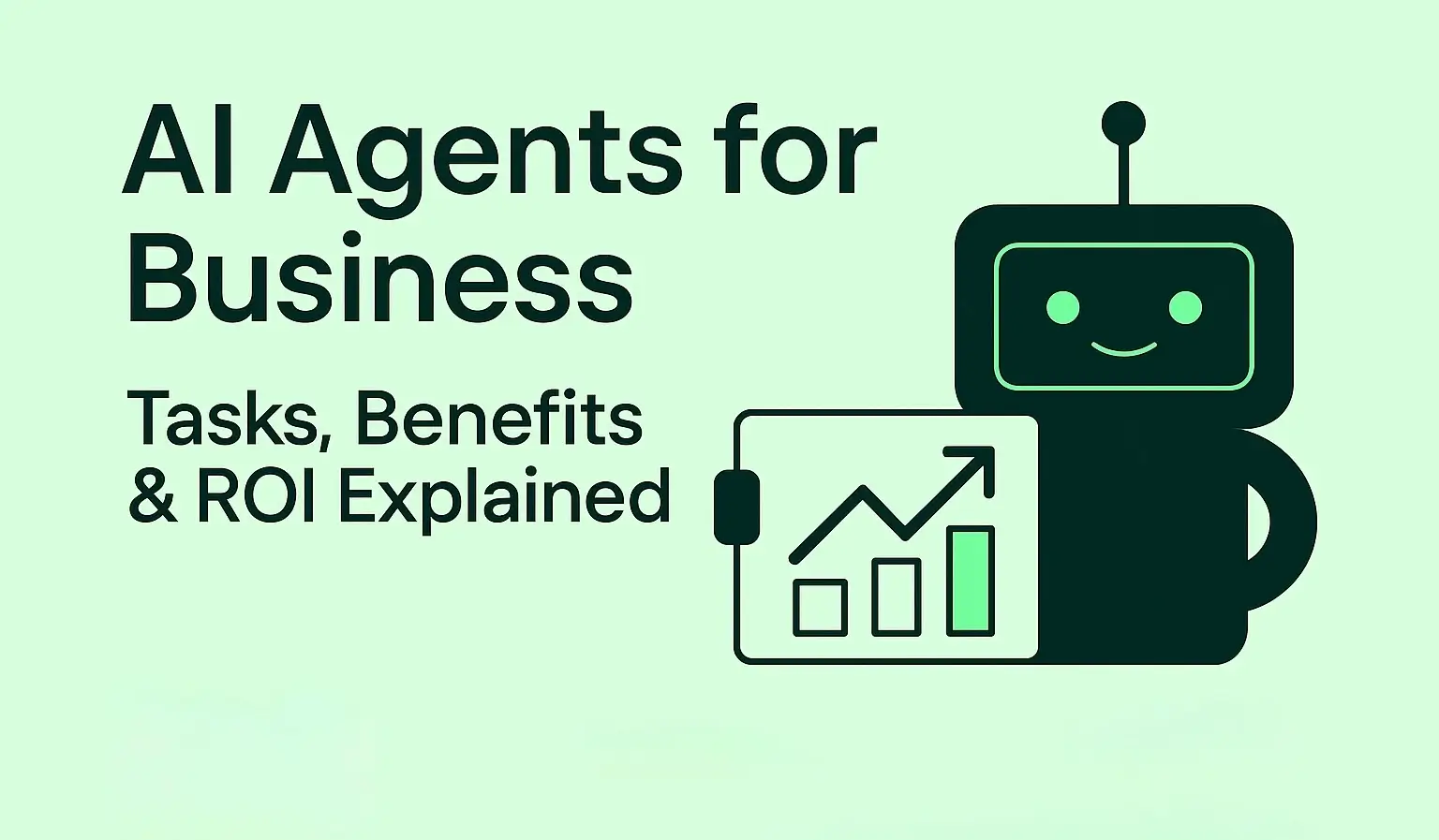
Business, E-commerce
AI Agents for Business: What They Do, How They Help, and Why They Matter
READ


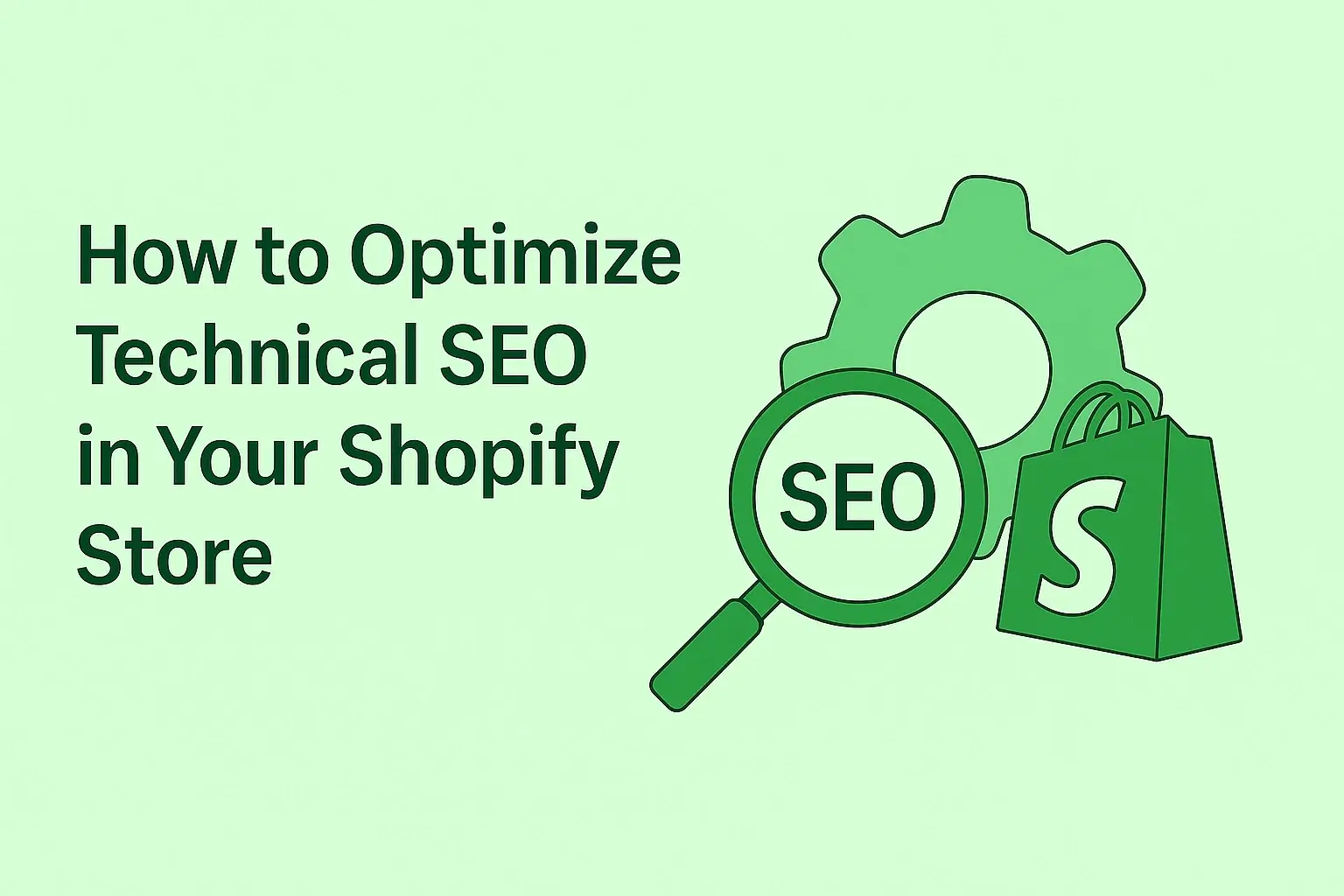
Shopify
How to Optimize Technical SEO in Your Shopify Store
READ


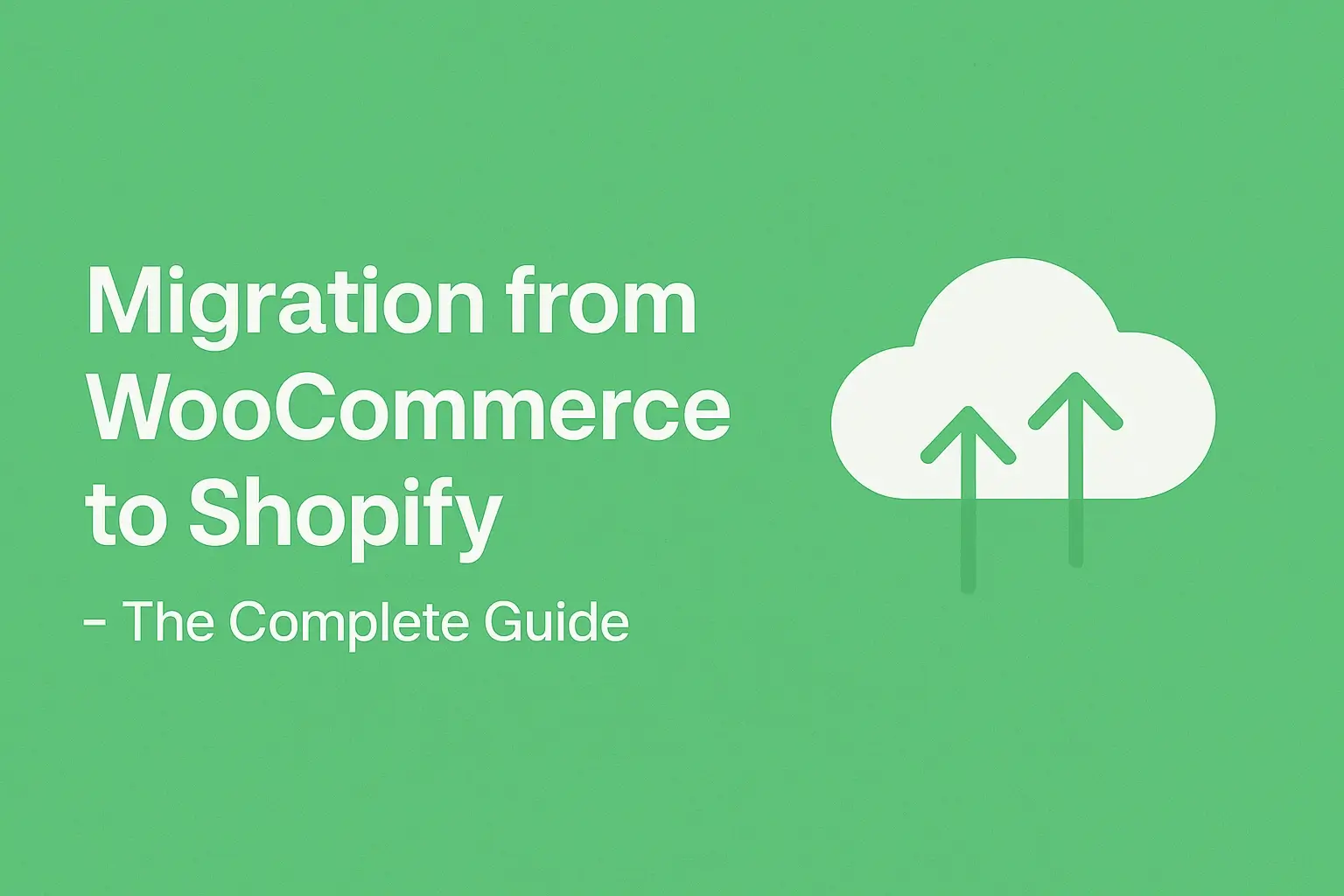
E-commerce, Shopify
Migration from WooCommerce to Shopify – The Complete Guide
READ


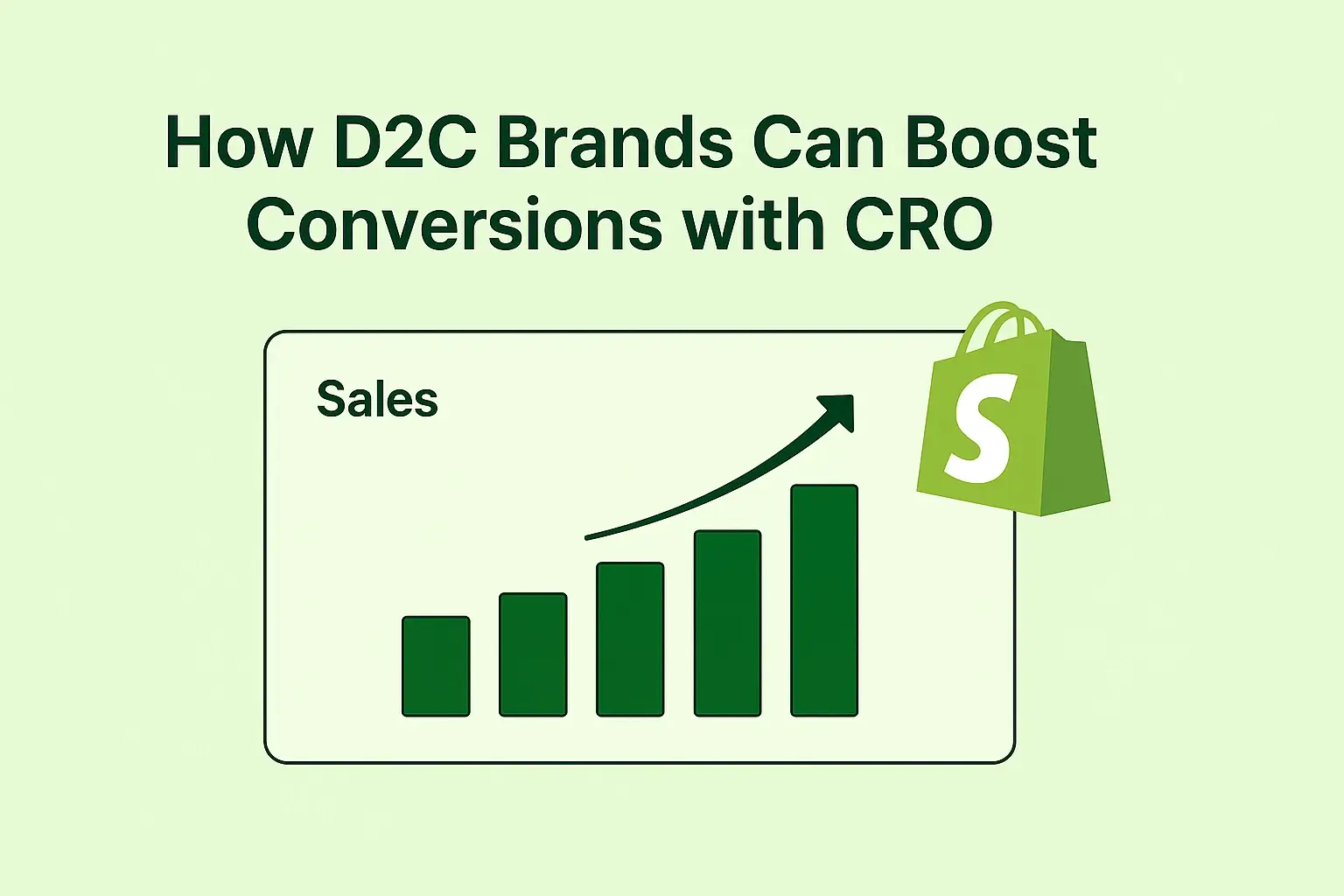
Business, E-commerce, Shopify
How D2C Brands Can Boost Conversions with CRO
READ


